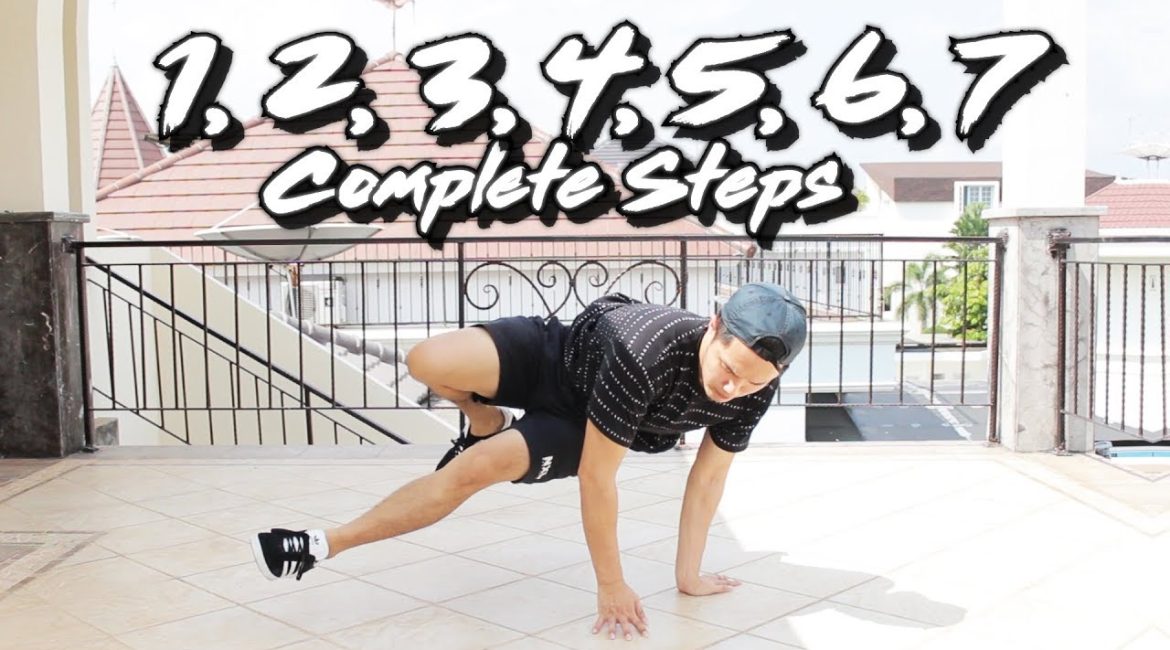Welcome to the dynamic world of breakdancing! Whether you’re a beginner eager to learn or an experienced dancer looking to refine your skills, mastering the foundational steps of breakdancing is crucial. In this comprehensive tutorial, we’ll explore the 1 to 7 steps of breakdance footwork, providing you with all the tools you need to improve your technique and boost your performance on the dance floor.
Breakdance footwork is the foundation of the dance, consisting of a variety of fast, intricate, and often acrobatic steps performed close to the ground. It is one of the most essential elements of breakdancing, and it is what gives the dance its unique style and energy.
There are many different types of breakdance footwork, but some of the most common include:
- Top rocks: These are basic steps that are performed while standing up. They are often used to transition between other footwork moves.
- Downrocks: These are steps that are performed while on the ground. They are often more complex and acrobatic than top rocks.
- Freezes: These are poses that are held for a moment of time. They are often used to create a sense of drama and excitement.
- Power moves: These are moves that require a lot of strength and power. They are often used to impress the audience.
Breakdance footwork can be very difficult to learn, but it is also very rewarding. With practice, anyone can learn to do these amazing moves.
Understanding the Basics: Coffee Grinder to Helicopter
Step One: Coffee Grinder (Helicopter) The journey of breakdancing footwork begins with the Coffee Grinder, also known as the Helicopter. This move is essential for its simplicity and effectiveness in building balance and coordination.
Execution:
- Start in a squatting position.
- Extend your right leg and sweep it in a low, circular motion across the ground.
- As your right leg approaches your left, hop slightly with your left leg, allowing the right leg to sweep underneath.
- Continue the motion in a smooth, rhythmic cycle.
Tips:
- Keep your sweeping leg straight and close to the ground.
- Maintain a consistent rhythm and use your arms for balance.
Building Complexity: Mini Swipe to Basic Footwork
Step Two: Mini Swipe Following the Coffee Grinder, the Mini Swipe introduces a slight complexity by adding a touch of coordination and agility.
Transition:
- Begin with the Coffee Grinder motion.
- When swinging your right leg, place it on the ground as you extend your left leg straight.
- Swiftly tuck your left leg back in and continue the swinging motion.
Step Three: Basic Footwork This step reduces complexity slightly, focusing more on precise foot placement and less on momentum.
How to Do It:
- Place your hands on the ground and take a push-up position.
- Kick your left leg towards where your right hand is, then switch your legs and body position dynamically.
- Repeat the motion, returning each time to the push-up position to complete the cycle.
Enhancing Dynamics: Adding Jumps and Slides
Step Four: Adding a Jump Step four elevates the footwork by incorporating a jump, enhancing the dynamic aspect of the routine.
Technique:
- From the push-up position, swing your left leg towards your right hand while simultaneously executing a jump.
- This step demands precise timing and agility to perform smoothly.
Step Five: Slide Variation Similar to the six-step, this move introduces a unique sliding motion to diversify the footwork.
Execution:
- Perform a similar pattern to the six-step but integrate a sliding motion with one leg to add style and flair to the move.
Mastering the Fundamentals: The Crucial Six-Step
Step Six: The Six-Step No breakdancing foundation is complete without the six-step. It’s pivotal for every dancer to master this fundamental footwork.
Mastering the Six-Step:
- Begin in a push-up position.
- Execute a series of strategic leg swings and switches, maintaining a fluid and continuous flow.
- Focus on the accuracy of each movement and the seamless transitions between them.
Advancing Further: The Seven-Step
Step Seven: Advanced Combination Building on the six-step, step seven introduces additional complexity to challenge seasoned dancers.
Advanced Execution:
- Start as you would in a six-step.
- Add an extra crossover step where one leg crosses over the other before continuing with the typical six-step pattern.
- This step requires superior coordination and flexibility.
Conclusion: Practice Makes Perfect
While this guide outlines each step from one to seven, the key to truly mastering these moves lies in consistent practice and commitment. Set clear goals for yourself, starting with the basics, and gradually build up to the more complex routines. Each practice session brings you one step closer to mastering the art of breakdancing.
Breakdancing is more than just movement; it’s an expression of individuality. By mastering these foundational steps, you equip yourself with the tools to express your unique style and creativity on the dance floor. Remember to practice regularly, stay motivated, and most importantly, enjoy every moment of your breakdancing journey.
Thank you for joining me in this detailed exploration of breakdance footwork. Remember to subscribe for more tutorials, and feel free to like, comment, and share this post. If you have any questions or need further clarification on any of the steps, drop a comment below. I look forward to seeing you excel in your breakdancing skills. Keep dancing, keep improving, and keep having fun!


Leave a reply